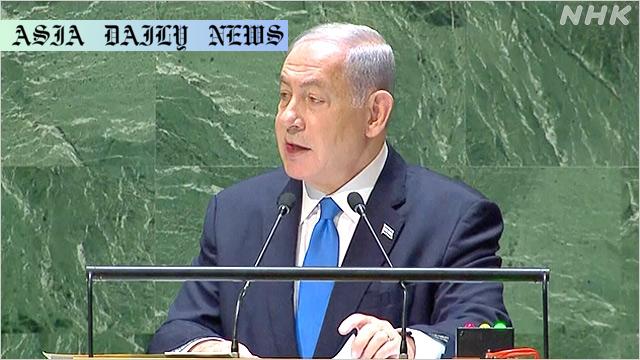Ceasefire: Concerns grow as Netanyahu criticizes Hamas for alleged body mix-up, raising doubts over future talks.
Israeli Prime Minister Netanyahu accuses Hamas of returning the wrong body during a hostage swap agreement.
Ceasefire agreement between Israel and Hamas faces potential hurdles following the alleged violation.
Phase two of ceasefire talks remains challenging but possible, according to officials involved.

Overview of the Ceasefire Agreement
As part of a six-week ceasefire arrangement, tensions between Israel and Hamas have escalated due to a controversial development. Prime Minister Benjamin Netanyahu contended that Hamas violated the agreement by returning a body that was not of the hostage it claimed it to be. This violation has cast uncertainty on the potential for future peace agreements, despite efforts to maintain the fragile ceasefire.
Details of the Alleged Body Misidentification
The initial agreement involved Hamas releasing 33 hostages and returning several bodies to Israel. While 19 hostages have been freed and four bodies have been handed over, the Israeli military reported on Friday that one of the bodies, which was supposed to be of a mother, was not hers. Netanyahu accused Hamas of substituting the body with that of a Gazan woman. The incident has sparked outrage in Israel and is being described as a cruel breach of the agreement.
Political Implications of the Incident
Netanyahu’s strong response highlights the fragility of the ongoing ceasefire deal. He emphasized that Hamas would face severe consequences for what he labeled as “cruel and evil” conduct. This development raises concerns regarding the sustainability of the ceasefire, which is set to expire on March 1. Talks for a permanent agreement may be adversely affected if the trust between the two sides continues to erode.
The Role of International Mediation
Efforts to maintain peace are being supported by key international figures. Israeli Strategic Affairs Minister Ron Dermer is scheduled to meet with U.S. Special Envoy to the Middle East Steve Witkoff to discuss further steps. Witkoff has acknowledged that phase two—securing a permanent ceasefire—presents more significant challenges than the initial agreement. However, he remains optimistic that an agreement could still be reached through determined diplomacy.
Impact on Hostage Negotiations
The hostage negotiations were a cornerstone of the six-week ceasefire. The incident involving the body misidentification calls into question the sincerity and reliability of Hamas in adhering to agreements. The Israeli government has reiterated its commitment to ensuring justice for the hostages and their families. The fraught negotiations now face additional scrutiny and pressure, creating a precarious situation for both sides.
Conclusion: Path Forward for Ceasefire
As the sixth week of the ceasefire approaches, the future remains uncertain. Both sides need to address the mistrust and violations to secure lasting peace. The global community and mediators like the United States will play a crucial role in steering the two sides toward a more stable relationship. However, the road to a permanent ceasefire is fraught with obstacles that require mutual understanding and compromise to overcome.
Commentary
Challenges of Trust in Conflict Resolution
The situation between Israel and Hamas underscores one of the most significant challenges in conflict resolution: trust. When two sides with a history of tension and violence attempt to negotiate peace, every action or perceived violation can erode the delicate foundation of faith built during the process. Netanyahu’s accusations against Hamas highlight this issue, showing how even a single incident can threaten the success of broader efforts.
The Importance of International Mediation
International mediators often play a critical role in such disputes, as they act as neutral parties who can bridge divides. The involvement of figures like Ron Dermer and Steve Witkoff is pivotal in ensuring that the negotiations are not derailed. However, trust-building goes beyond political agreements; both communities must see tangible benefits and goodwill gestures to believe in the process. The question is whether either side is ready to take those steps in such a volatile situation.
Future Prospects for Peace
As the ceasefire nears its six-week mark, it is crucial for both parties to reflect on the costs and benefits of continued clashes versus lasting peace. While the current situation may seem grim, history has shown that even the most entrenched conflicts can find pathways to resolution through persistent dialogue and compromise. Netanyahu’s strong words and Hamas’ actions must eventually give way to constructive engagement if a permanent agreement is to be reached.


